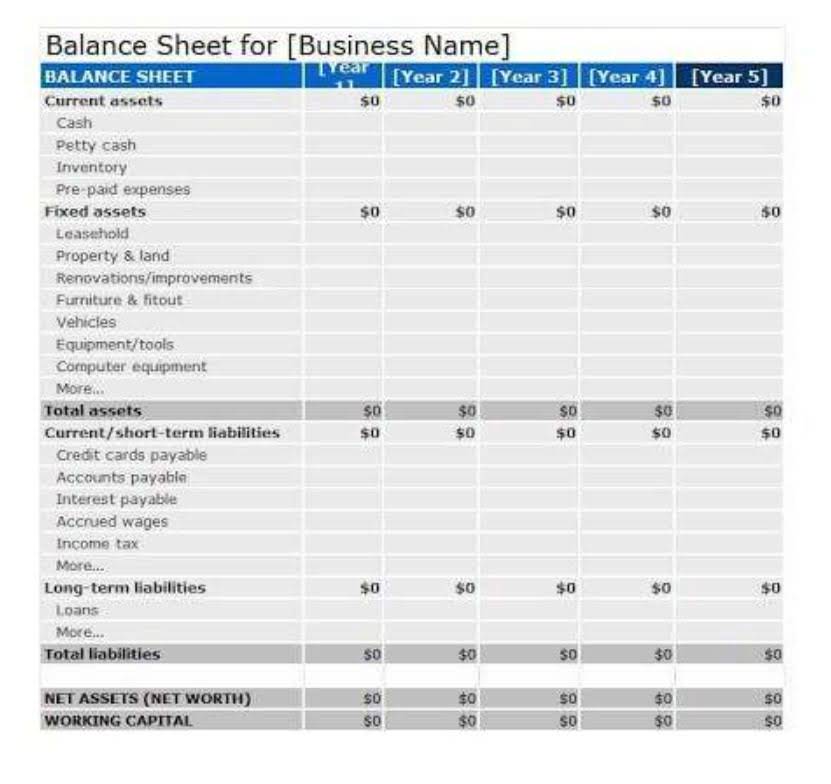
In summation, assertions are claims made by members of management regarding certain aspects of a business. Independent auditors use these representations as the foundation from which they design and perform procedures to test management’s assertions and form an opinion. A lot of work is required for your organization to support the assertions that your management team makes. And lastly, if you are a service organization you should be cognizant of the need to maintain a strong control environment to support your clients. Some people may refer to these as audit assertions as they are evaluated during an audit of an entity’s financial statements.

AccountingTools
An alternative way of putting this is that sales are genuine and are not overstated. We’re firm believers in the Golden Rule, which is why editorial opinions are ours alone and have not been previously reviewed, approved, or endorsed by included advertisers. The Ascent, a Motley Fool service, does not cover all offers on the market. For example, accounts payable notes payable and interest payable are all considered payables, but they are all very separate entities and should be reported as such. For example, notes payable transactions should never be classified as an accounts payable transaction, with the same being true for interest payable transactions.
Selecting Specific Items
- This setting is stored and synchronized across devices, if the user issigned into a Google account on the Chrome instance and synchronization isenabled.
- The concept is primarily used concerning auditing a company’s financial statements, where the auditors rely upon various assertions regarding the business.
- If assertions are all met for relevant transactions or balances, financial statements are appropriately recorded.
- Moving on, presentation is another key assertion that auditors have to keep in mind when auditing financial statements.
- The assertion of rights and obligations is a basic assertion that all assets and liabilities included in a financial statement belong to the company issuing the statement.
All assets, liabilities, and equity interests should have been recorded. Salaries & wages expense has been incurred during the period in respect of the personnel employed by the entity. Salaries and wages expense does not include the payroll cost of any unauthorized management assertions personnel. Relevant tests – Vouching the cost of assets to purchase invoices and checking depreciation rates and calculations. IFRS developed ISA315, which includes categories and examples of assertions that may be used to test financial records.
Are management assertion and audit assertion the same?
Rights and obligations assertions are used to determine that the assets, liabilities, and equity represented in the financial statements are the property of the business being audited. In other words, if your small business is being audited, the auditor may ask for proof that the cash balance of your bank account belongs to the business. Accounting management assertions are implicit or explicit claims made by financial statement preparers. These assertions attest that the preparers abided by the necessary regulations and accounting standards when preparing the financial statements.
- Of these, the five audit assertions of significant importance are available above.
- A robust system of internal controls reduces the risk of misstatement, thereby enhancing the reliability of the assertions.
- All related parties, related party transactions and balances that should have been disclosed have been disclosed in the notes of financial statements.
- Opposite to right and obligation, we test the audit assertion of cut-off for income statement transactions only.
- The importance of these claims cannot be overstated; they underpin the trust that investors place in financial reports.
- Liabilities are another area that auditors will review to determine that any bills paid from the business belong to the business and not the owner.
Review Engagement (Limited Assurance): Definition and Example
Any inventory held by the audit entity on account of another entity has not been recognized as part of inventory of the audit entity. Presentation – this means that the descriptions and disclosures of transactions are relevant and easy to understand. There is a reference to transactions being appropriately aggregated or disaggregated.
Management assertions in auditing
Unless you’re an auditor or CPA, you’ll never have to worry about testing audit assertions, and if you continue to enter financial transactions accurately, you won’t have much to worry about during the audit process. The assertion of rights and obligations is a basic assertion that all assets and liabilities included in a financial statement belong to the company issuing the statement. Put simply, the company confirms that it has legal authority and control of all the rights (to assets) and obligations (to liabilities) highlighted in the financial statements. As noted above, a company’s financial statement assertions are a company’s stamp of approval—that the information in its financial statements is a true representation of its financial position. This includes any information on the balance sheet, income statement, and cash flow statement, and pertains to each and every asset and liability that appears on these forms.

Companies prepare financial statements to report their financial standing. These statements usually include the balance sheet and income statement. While these are the most prominent ones, companies also prepare the cash flow statement and statement of changes in equity. The cut-off is an assertion used in the Financial Statements to ensure that all the transactions and events have been recorded in the correct accounting period. Assets, liabilities, and equity interests are included in the financial statements at appropriate amounts, and any resulting valuation or allocation adjustments are appropriately recorded. The auditor’s professional skepticism is an indispensable tool in evaluating assertions.


Once the IdP’s configuration and endpoints are available, RPs can callnavigator.credentials.get() to request allowing users to sign in to the RPwith the IdP. The Login Status API is a mechanismwhere a website, especially an IdP, informs the browser the user’s login statuson the IdP. With this API, the browser can reduce unnecessary requests to theIdP and mitigate potential timing attacks. The config file’s URL is determined by the values provided to thenavigator.credentials.get call executed on an RP.
Assertions in Auditing
11/ AU sec. 329, Substantive Analytical Procedures, establishes requirements on performing analytical procedures as substantive procedures. This assertion concerns the definition of “assets” in the contextual framework. This calls to ensure that inventory is only recorded as lower cost or net realizable value. For example, the inventory that is owned by the corporationcan be physically verified, https://www.bookstime.com/ and there are no doubts or concerns regarding thisinventory being declared as an asset of the organization. For instance, the format of the Income Statement and theBalance Sheet should reflect the standards that are provided in the system thatthe corporation follows. For example, the costs of the payroll department only include the costs which are relevant to the current year.
- A service organization can greatly reduce the number of resources expended to meet user auditors’ requests by having a Type II SOC 1 audit performed.
- Transaction level assertions are made in relation to classes of transactions, such as revenues, expenses, dividend payments, etc.
- Management assertions form the bedrock upon which auditors assess the financial statements of a company.
- Usually, they rely on the information presented in those statements for decision-making.
- Accuracy, valuation and allocation – means that amounts at which assets, liabilities and equity interests are valued, recorded and disclosed are all appropriate.
- And lastly, if you are a service organization you should be cognizant of the need to maintain a strong control environment to support your clients.